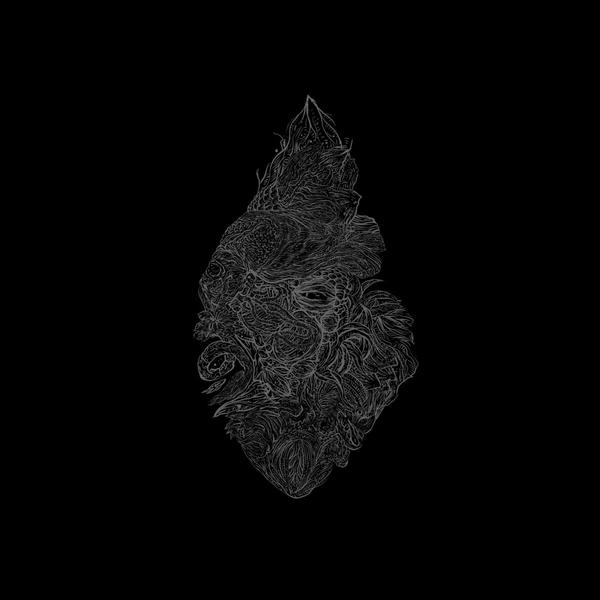""
Approaching the albums you liked in your raging adolescence can form a wrenching disconnect between the memories of the fiery clench-fisted event and the reality on loop in between your ears. Like a Romantic poet ceaselessly trying to attain the greasy-slick sublime by traversing the icy trespasses of Mount Blanc you trudge back down past the lifted expectations. David Longstreth of the shape-shifting Dirty Projectors knows that struggle. With his new release, Rise Above he set out to capture his Mount Blanc, encapsulated by Black Flag’s seminal hardcore punk album, Damaged.
Longstreth’s “re-imagining,” of the muscular aggressiveness found on Black Flag portrays more the cover of the original album than its barbed contents. The iconic cover for Damaged is steeped in carnal reds, right down to a shaved head youth’s bloody fist shattering a filthy mirror. Longstreth doesn’t concern himself as much with the ferocity or bitterness evoked in the picture on Rise Above. His concern lies in the splintering of self (youth tends to do that to you) that the shattered mirror portends.
Albums that point directly towards his musical influences (no need to ask him that in an interview) are no stranger to Dirty Projectors. 2005’s “glitch-opera” Getty Address uses Don Henley of The Eagles as a point of reference for a strange album filled with nonsensical, yet beguiling lyrical turns from the original material.
Rise Above isn’t any different. Some songs that were originally on Damaged are completely discarded for Rise Above: “T.V. Party,” “Damaged II,” “Padded Cell,” “Life of Pain” and “Damaged.” In a recent interview Longstreth admits regret about forgetting “Life Of Pain” and “Damaged II.” Also the lyrics are sometimes elasticized into much longer art-pop anthems. Though the acidic lyrics about hating the man are all present, Longstreth’s memory of the events definitely have taken a walk through his musical hall of mirrors.
Instead of the straightforward three-chord veracity and feral screams that Black Flag evoked Longstreth’s music ranges from math-rock/sub-bass precision (“No More”) to flute dirges (“Police Story”). On many songs the styles bump up against each other. On “What I See” for example, African beats meet Scott Walker creepiness and then fly out with a prog rock finish. Longstreth’s vocals yelp back and forth as well, in his sometimes Antony Hegarty-like melisma. The strange vocals sometimes put off listeners but for Rise Above’s uncoiling nu-jazz it fits perfectly. It’s is the approximation of a singer scatting over the rise and fall of the instruments. There’s a wide-eyed boyish science to the proceedings.
The album is not full of unfettered tinkering though as “Gimmie Gimmie Gimmie” evokes the hypnotic majesty of Einstein on the Beach back-up vocals interlock with two feral voices singing on the up and down beats creating a single streaming sound. Pounding drum and guitar collide into the beautiful arrangements like the original album knocking at the door of the experimenters. The lyrics seem separated from the music being played (“Sitting here like a loaded gun / waiting to go off / I’ve got nothing to do / But shoot my mouth off”).
That right there is a perfect example of why this album works. It’s not afraid to takes chances even when they sound horrible on paper. Case in point would be an somber acoustic piece, “Room 13.” Alongside the searing neuroticism of the original Rise Above places a new lens on the earnestness, encased loneliness, and utter despair that Damaged attained in 1981. Rise Above is a true zeitgeist as well. Hardcore punks in the suffocating Reagan era may have spat a whole lot of vitriol but indie rockers in the first decade of the millennium can always alchemize the spit and turn it into perfume.
80%
Links
The Dirty Projectors [official site] [myspace] [buy it]
Get the Best Fit take on the week in music direct to your inbox every Friday

Lady Gaga
Mayhem

Rebecca Black
SALVATION

Sasami
Blood On the Silver Screen





